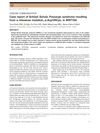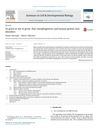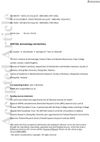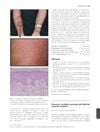WNT10A Mutations Are a Frequent Cause of a Broad Spectrum of Ectodermal Dysplasias with Sex-Biased Manifestation Pattern in Heterozygotes
June 2009
in “
American journal of human genetics
”
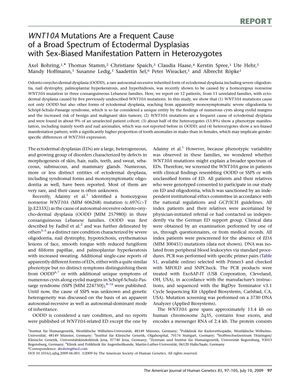
TLDR WNT10A mutations often cause ectodermal dysplasias, with males showing more tooth issues than females.
The study identified five new WNT10A mutations in 12 patients from 11 unrelated families, establishing that WNT10A mutations caused a broad spectrum of ectodermal dysplasias (EDs), including odonto-onycho-dermal dysplasia (OODD) and Schöpf-Schulz-Passarge syndrome (SSPS). WNT10A mutations were found in about 9% of an unselected patient cohort, with 53.8% of heterozygotes showing phenotypic manifestations, mainly tooth and nail anomalies. The study also revealed a sex-biased manifestation pattern, with males exhibiting a higher proportion of tooth anomalies than females, suggesting gender-specific differences in WNT10A expression.
